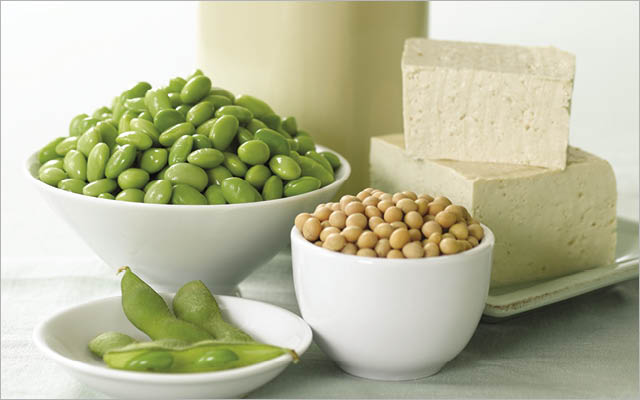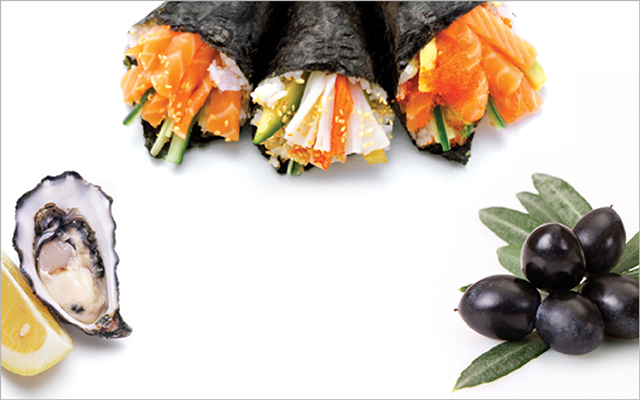Most traditional soy foods — such as tempeh, miso, and tamari — are fermented before they’re consumed. When foods are fermented, microorganisms are added that break down nutrients, making them easier to digest. In the case of fermented soy foods, the process separates soy’s dense protein into constituent amino acids.
Fermentation processes vary. To make tempeh, for example, soybeans are soaked, hulled, and boiled, then fermented with an established colony of microorganisms, much the way flour is mixed with a fermented starter to make sourdough bread. These microbes have health benefits of their own: They help predigest protein and they amplify soy’s antioxidants.
“Nutritionally, fermented soy foods edge out nonfermented soy foods because they have both pre- and probiotic potential, and digestibility is improved,” says nutritionist Kathie Swift, MS, RDN, cofounder of the Integrative and Functional Nutrition Academy.
Plus, fermented soy foods are minimally processed, unlike most soy-based fake meats, says Mark Hyman, MD, director of Cleveland Clinic’s Center for Functional Medicine and author of Food: What the Heck Should I Eat? “I have real concerns about processed soy, so stick to whole, organic, and — if possible — fermented soy foods.”
This originally appeared in “Oh, Soy!” in the September 2019 print issue of Experience Life.




This Post Has 0 Comments